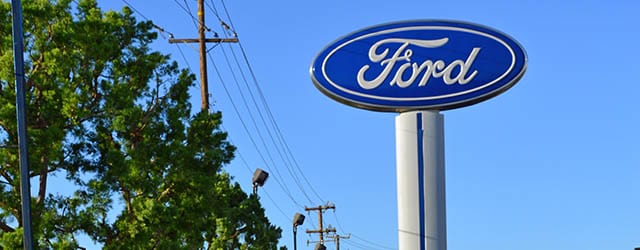Life may have just become a bit easier for finance executives at companies with captive finance units—which is to say, almost all automakers and scores of equipment manufacturers.

In May staff at the Commodity Futures Trading Commission (CTFC) informed the CFO at Ford Motor’s funding arm that some of its subsidiaries are not subject to a federal mandate governing swaps. The rule, which grew out of the Dodd-Frank Act, requires companies to transact certain swaps agreements through designated clearinghouses. But clearing the trades requires a counterparty to post margin, making the hedging arrangements more expensive.
This did not sit well with executives at captive finance units—subsidiaries whose purpose is to provide financing to customers buying the parent company’s product. The requirement, which is aimed at keeping companies from taking on too much debt, currently applies to four types of interest rate swaps and two index credit default swaps.
The CFTC in 2012, however, adopted a final rule known as the end-user exemption, freeing certain nonfinancial businesses from the obligation. Although it seems counterintuitive that captive finance companies qualify as nonfinancial businesses, the CFTC explained in its letter to Ford that the rule was not intended to hinder entities whose primary activity is funding. The agency noted that captive finance units should be able to take advantage of the exemption “if the subsidiary is involved in securitizations that ‘facilitate necessary financing for the purchase of the manufacturer’s products.’”
The vehicles in question securitize receivables from Ford’s automobile loans and then sell the debt to lenders. The interest rates on car loans are fixed, however, while the coupons on the securities are floating-rate. That creates a mismatch that the SPVs hedge by setting up interest rate swaps with a dealer.
The CFTC’s ruling could have far-reaching implications. The commission staff noted it has received similar requests for the end-user exemption from eight other automakers, including Mercedes-Benz Financial Services, Mitsubishi Motors Credit of America, and VW Credit, as well as agricultural and construction equipment maker CNH Industrial Capital.
The decision should be particularly good news for General Motors Financial. GM is aggressively expanding its four-year-old captive finance unit, which is now the third-most-profitable business segment at the company. The outlook for 2016 is even better, with the captive expected to substantially jack up the carmaker’s profits.



